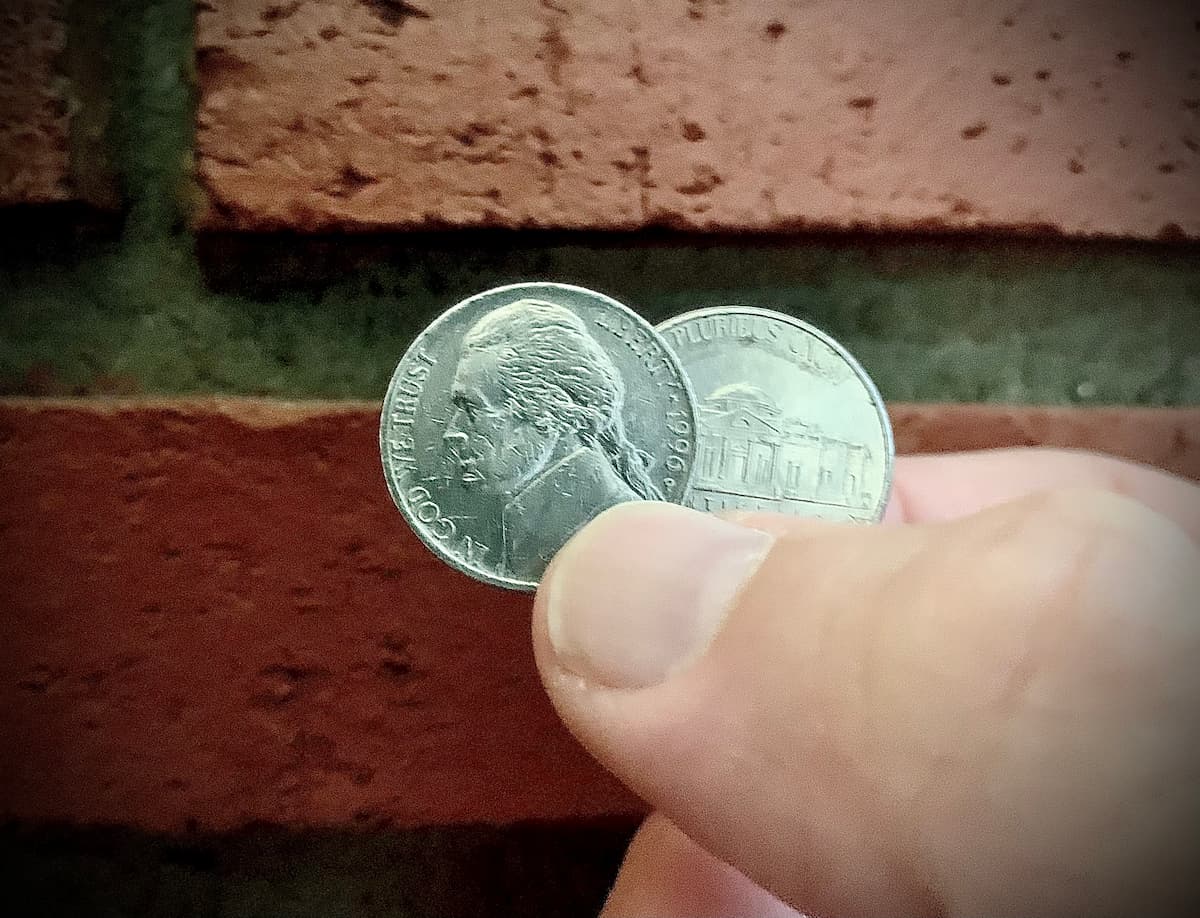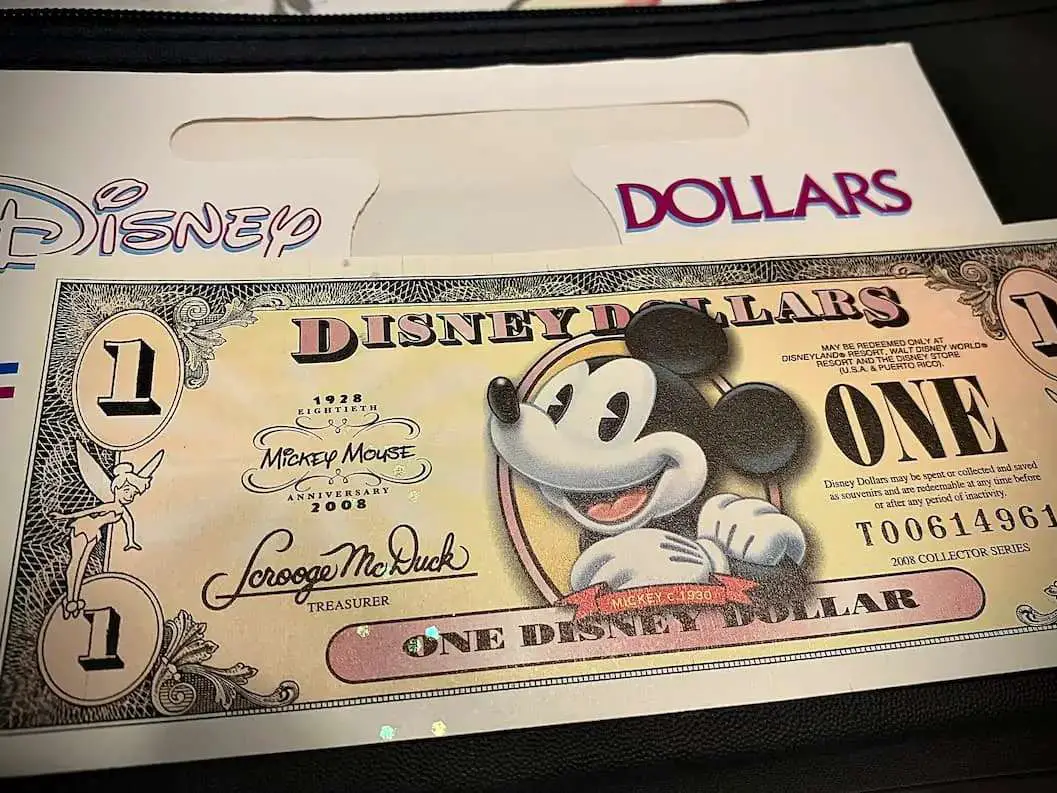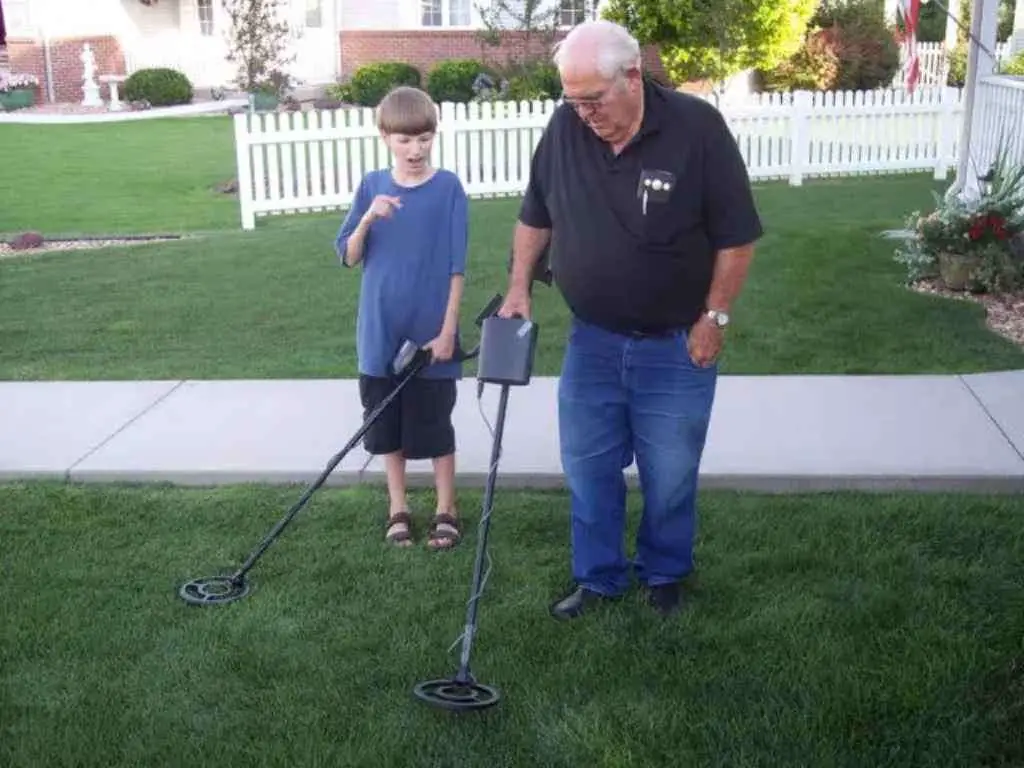Quarters without ridges (or edge reeding) turn up in pocket change from time to time. Most are worth keeping.
Of course, these odd coins catch people’s attention because U.S. quarters are supposed to have reeded edges.
Which leads to a lot of coin collecting questions:
- Are quarters without ridges actually error coins?
- If smooth edge quarters are mint errors, then how much are they worth?
- Are some quarters without reeded edges simply damaged coins?
- If so, then how can you tell damaged quarters apart from error quarters?
Error Quarters vs. Damaged Quarters With Smooth Edges
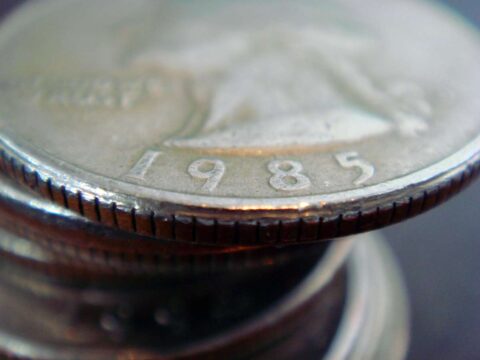
So, there are 2 types of quarters without ridges:
Simple enough, right? Well, not exactly.
Unless you’re an error coin expert, it can be difficult to tell whether your smooth edge quarter is an error coin worth lots of money or simply a damaged coin worth face value.
So, what’s the scoop on these coins? How do some quarters end up without ridges? And, what’s the difference between one being an error versus just damaged?
Let’s talk about how a regular quarter might end up without ridges — there are basically 2 ways this could happen:
- The coin was heavily worn on its edges — most likely due to extensive use in vending machines, casino slot machines, or the like. The edges may have also been intentionally removed with a filing device after the coin left the mint. These are not errors and are not valuable.
- The coin wasn’t struck in its collar die or retaining collar — which would stamp the reeds onto the edge of the quarter. This is called a broadstrike or broadstruck error. These are errors and are valuable.
Next, you need to determine if your quarter without ridges is a broadstruck quarter (error coin) or a regular quarter (damaged coin)…
How To Tell If A Smooth Edge Quarter Is A Broadstrike Error Coin
Broadstruck coins do have smooth edges, but there’s something else about them that makes them quite distinctive: they’re wider and flatter than ordinary.
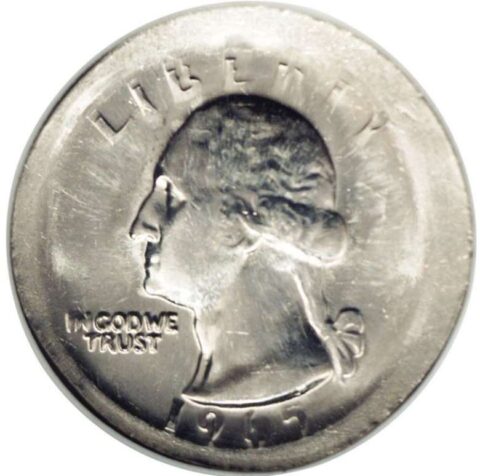
That’s because the retaining collar was missing when this coin was struck — and it’s the retaining collar that ensures that a coin is the proper width and thickness.
A modern-day quarter (after 1964) should measure and weigh the following:
- Diameter: 24.3 millimeters, or 0.955 inches
- Thickness: 1.75 millimeters, or 0.069 inches
- Weight:
- 6.25 grams (90% silver quarters made before 1965)
- 5.75 grams (40% silver quarters dated 1776-1976)
- 5.67 grams (copper-nickel clad quarters made after 1964)
- Number of Reeds: 119
NOTE: Extremely minor variances in the weights and measurements listed above are permitted by the United States Mint.
If the retaining collar isn’t surrounding a planchet (the blank disc of coin metal) when it’s being struck, then it will become somewhat wider and thinner than it should be.
So, a broadstrike error quarter will:
- Be wider than normal and thinner than ordinary, and it won’t be the typical diameter or thickness of other quarters with ridges
- Have a narrow margin of blank metal surrounding the periphery of the coin where the rim would normally be
- Possibly have weaker design details on either side of the coin because the metal spreads out farther than it normally should
The bottom line…
If your smooth edge quarter appears normal in every other way (it’s the right thickness and the correct diameter) then it’s not an error coin — it is merely exhibiting extensive edge wear, is damaged, or has been altered.
How Much Is A Quarter Without Ridges Worth?
Finally, the most important question!
I’m figuring you came here to find out how much your smooth edge quarter dollar coins are worth.
So here’s the scoop:
Smooth Edge Quarter Value (Damaged Coin, Not An Error Coin)
- Washington Quarters Made Before 1965 — silver melt value
- Washington Quarters Produced After 1964 — 25 cents
Broadstruck Quarter Value (Error Coin)
- Washington Quarters Struck Before 1965 — $125+
- Washington Quarters Made After 1964 — $20+
- Bicentennial Quarters — $30+
READ NEXT: A List Of All Rare U.S. Quarters
I’m the Coin Editor here at TheFunTimesGuide. My love for coins began when I was 11 years old. I primarily collect and study U.S. coins produced during the 20th century.
I’m a member of the American Numismatic Association (ANA) and the Numismatic Literary Guild (NLG) and have won multiple awards from the NLG for my work as a coin journalist. I’m also the editor at the Florida United Numismatists Club (FUN Topics magazine), and author of Images of America: The United States Mint in Philadelphia (a book that explores the colorful history of the Philadelphia Mint). I’ve contributed hundreds of articles for various coin publications including COINage, The Numismatist, Numismatic News, Coin Dealer Newsletter, Coin Values, and CoinWeek.
I’ve authored nearly 1,000 articles here at The Fun Times Guide to Coins (many of them with over 50K shares), and I welcome your coin questions in the comments below!


